5G is designed for the Enterprise Applications and Industries, not Consumers (by WaiKong Chia)
The many advertisements used to launch Consumer 5G in ASEAN has made many to perceive 5G to be “just a faster 4G” targeted at consumers only, which is untrue. 5G was designed for Enterprise Applications and Industries.
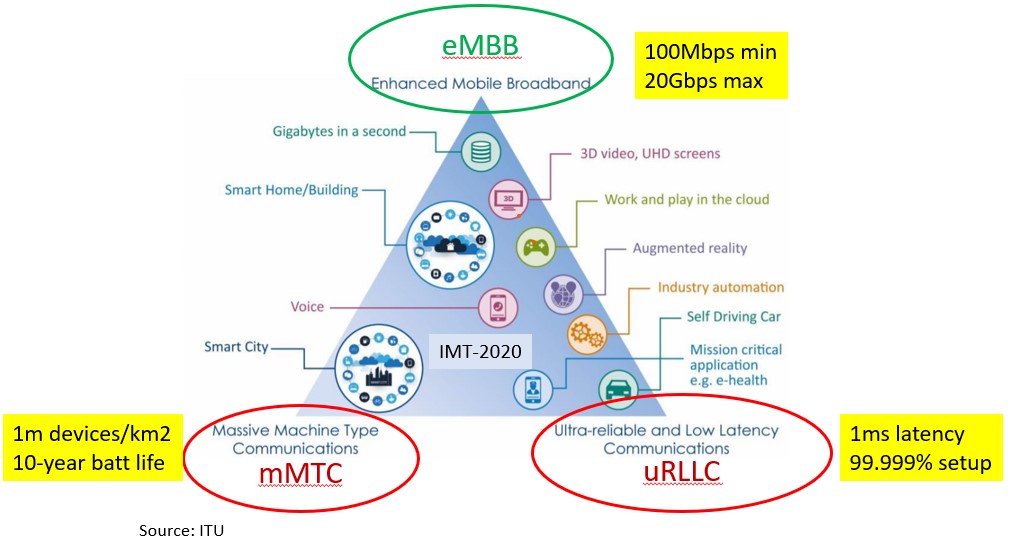
ITU IMT-2020 5G key use cases mMTC uRLLC eMBB
5G was determined by the global telecom standards body the International Telecommunication Union to be Enterprise-centric though consumer usage are featured. In the diagram below, two of the three main usage scenarios are machine-to-machine comms (mMTC) and low-latency and reliable comms (uRLLC). mMTC allows 1 million devices to be connected per square km, with device battery life of up to 10 years. uRLLC supports network latency or delay of 1 millisecond compared to the typical 100 milliseconds of current 4G. While such features will be wonderful for consumers, these 5G scenarios are primarily geared towards Enterprises Applications and Industries.
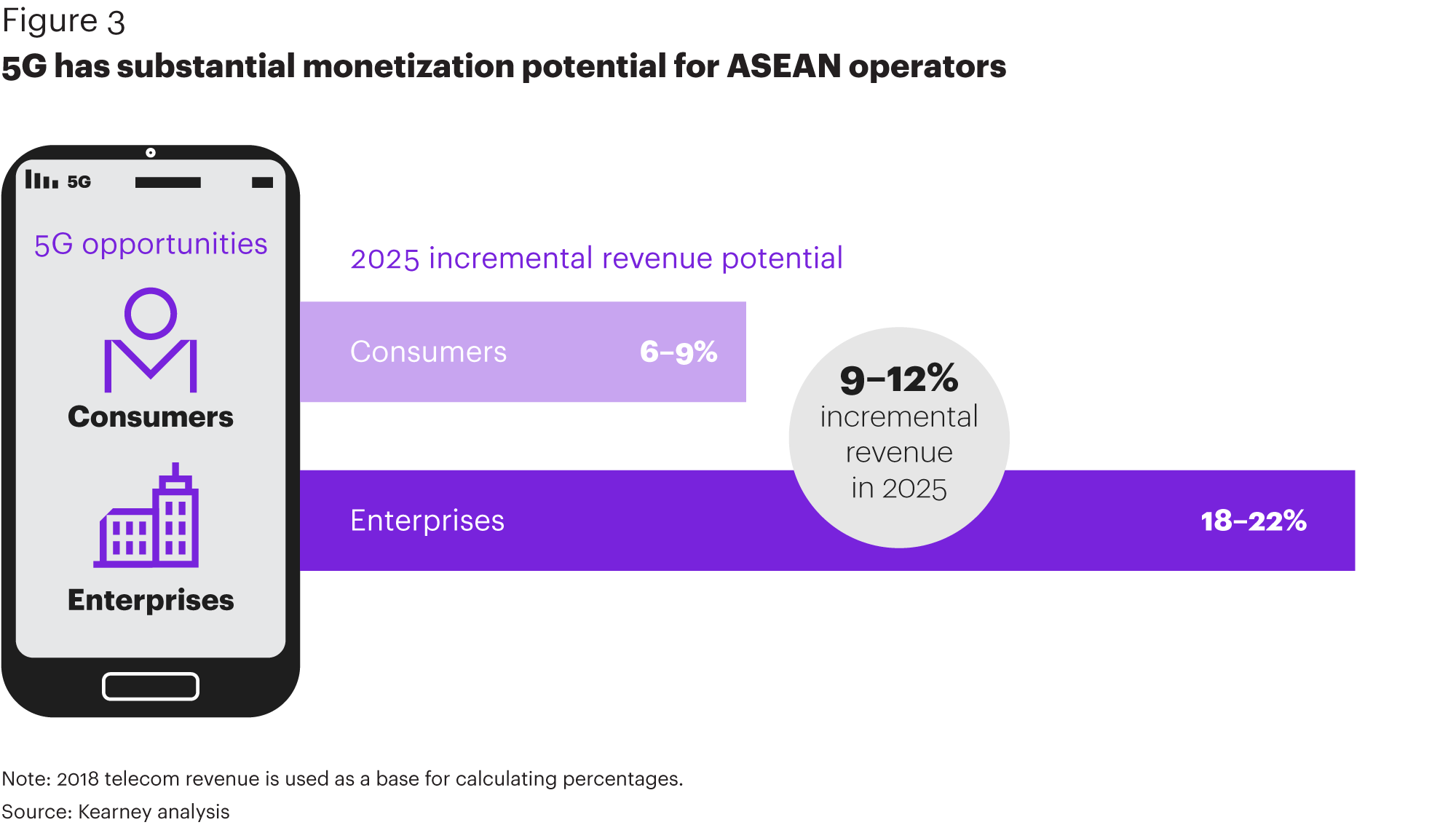
Analysts at AT Kearney predict that 5G revenues for ASEAN Enterprises will lead Consumers revenue by 9 to 12% by 2025, further cementing the importance of 5G for Enterprises.
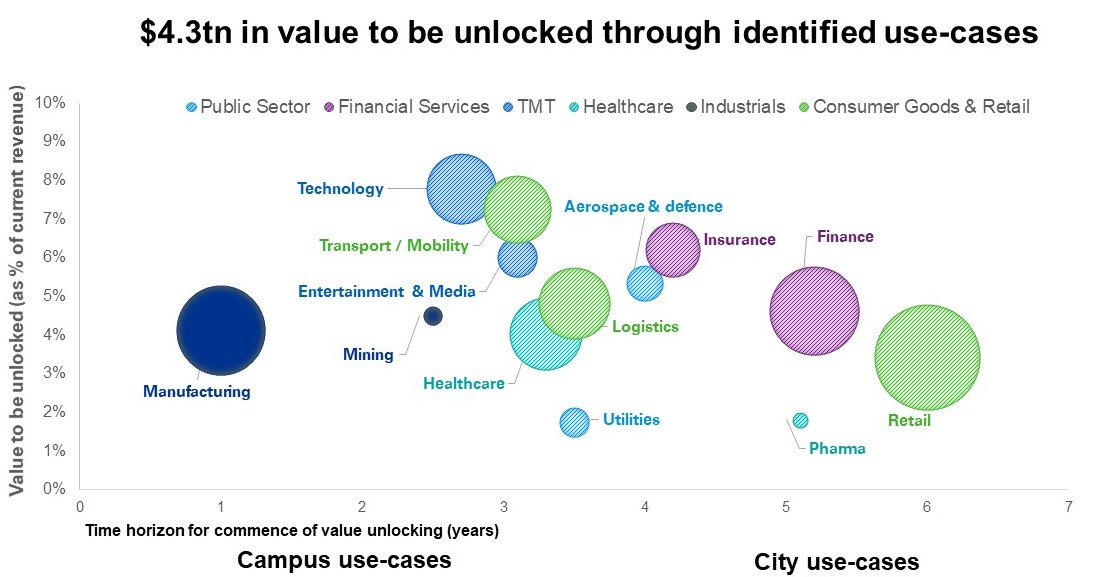
The first industries to benefit from 5G globally, according to business consultants at KPMG in 2019, are Manufacturing, Mining (which includes Oil and Gas), Technology, Transport and Healthcare.
Beyond just being 10 times faster than 4G in downloading movies, here are some key features of 5G:
- 5G network latency is 10 to 100 times less than 4G. This feature is mandatory for surgery robots where milliseconds in reaction times can mean life-or-death.
- 5G network slicing and virtualisation enables highly reliable connections and prioritisation. Unlike 4G which connects devices on first-come-first-serve basis, 5G allows driverless cars and other mission critical equipment to get “Priority Boarding”.
- Low latency in the network is meaningless if the face of a criminal captured by Johor Bahru police camera can only be identified by a server located Cyberjaya several seconds later. 5G is Cloud-native and has ETSI Edge Computing standards built-in. This makes the network and compute elements scalable, and the processing and decision making can be localised, as close to the base station where radio signal is received from the device.
- 5G provides higher levels of security compared to 4G, WiFi, LoraWAN and Sigfox. While WiFi standards are user implemented and has led to much grief, especially in IOT devices, 5G enforces 256-bit encryption, with device authentication done at multiple levels.
In summary, 5G is enterprise applications demand-driven, unlike 4G and generations before it which were technology-driven,. In designing 5G applications and services, one must consider the above features and more to unleash the true power of 5G.
In subsequent installments, we shall explore the network requirements to enable the above and some industry specific use cases in Industry 4.0, Healthcare, Oil & Gas and Mining, Agriculture among others.
Here are some 5G courses if you want to know more:
Essential Perspectives of 5G Technology and its Applications for Managers
Using 5G in Internet-of-Things (IOT) Application Designs (CITREP+ Funding)
Leading 5G Industry Transformation (for Telecom and related Professionals)


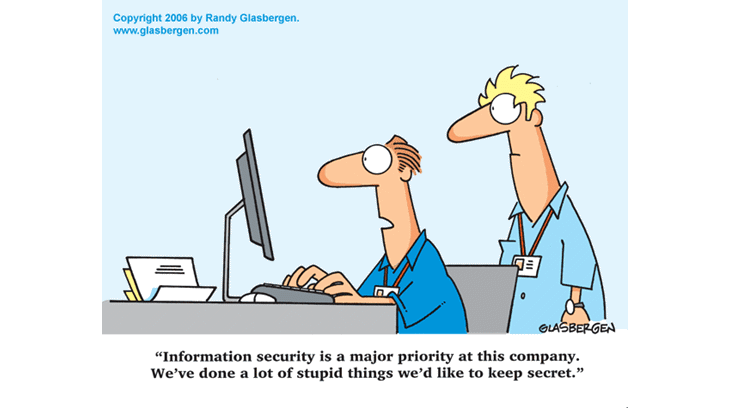

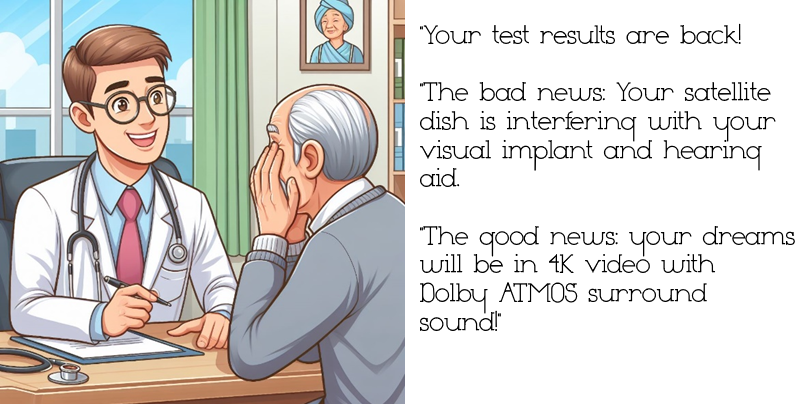


Leave A Comment